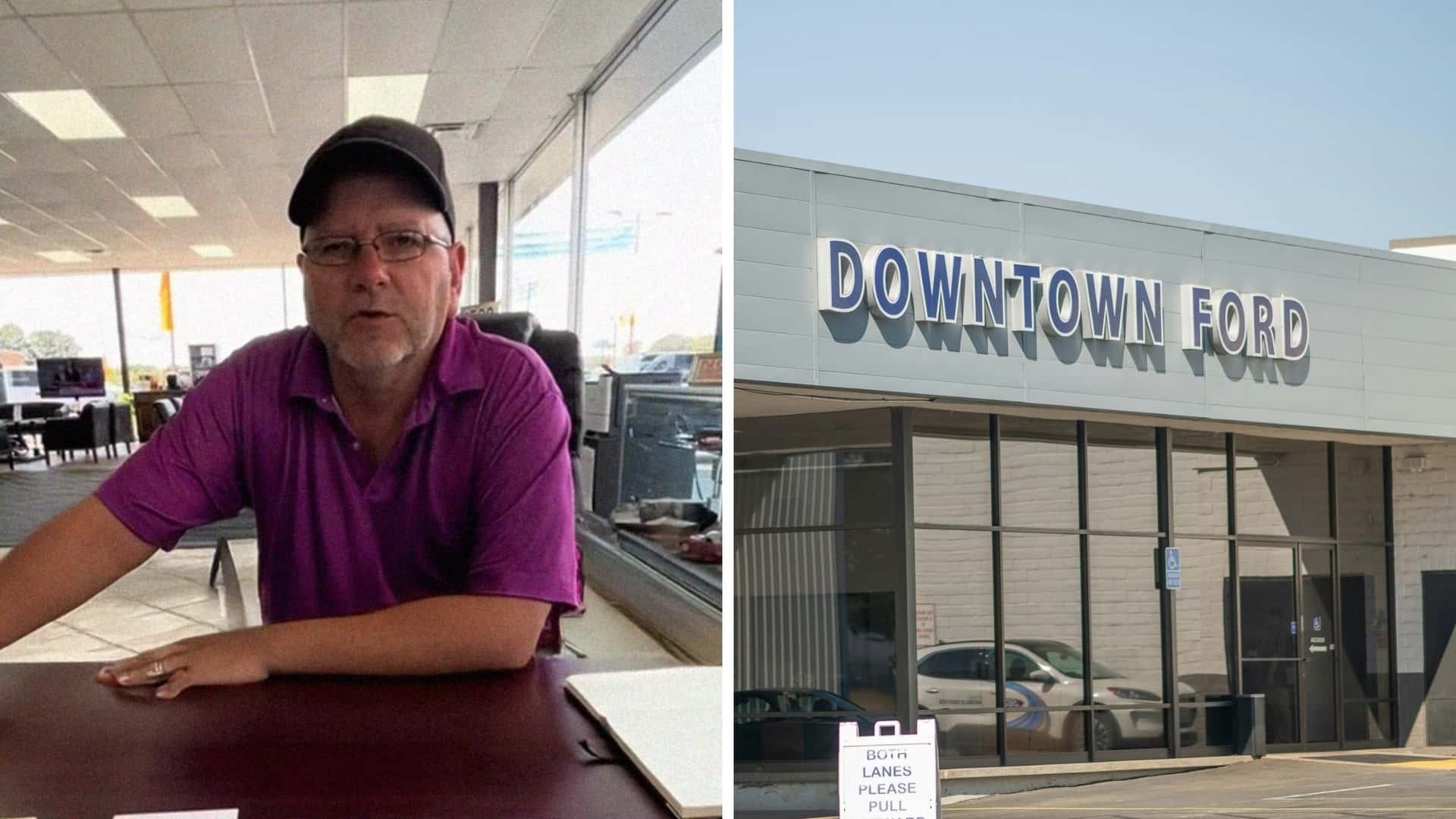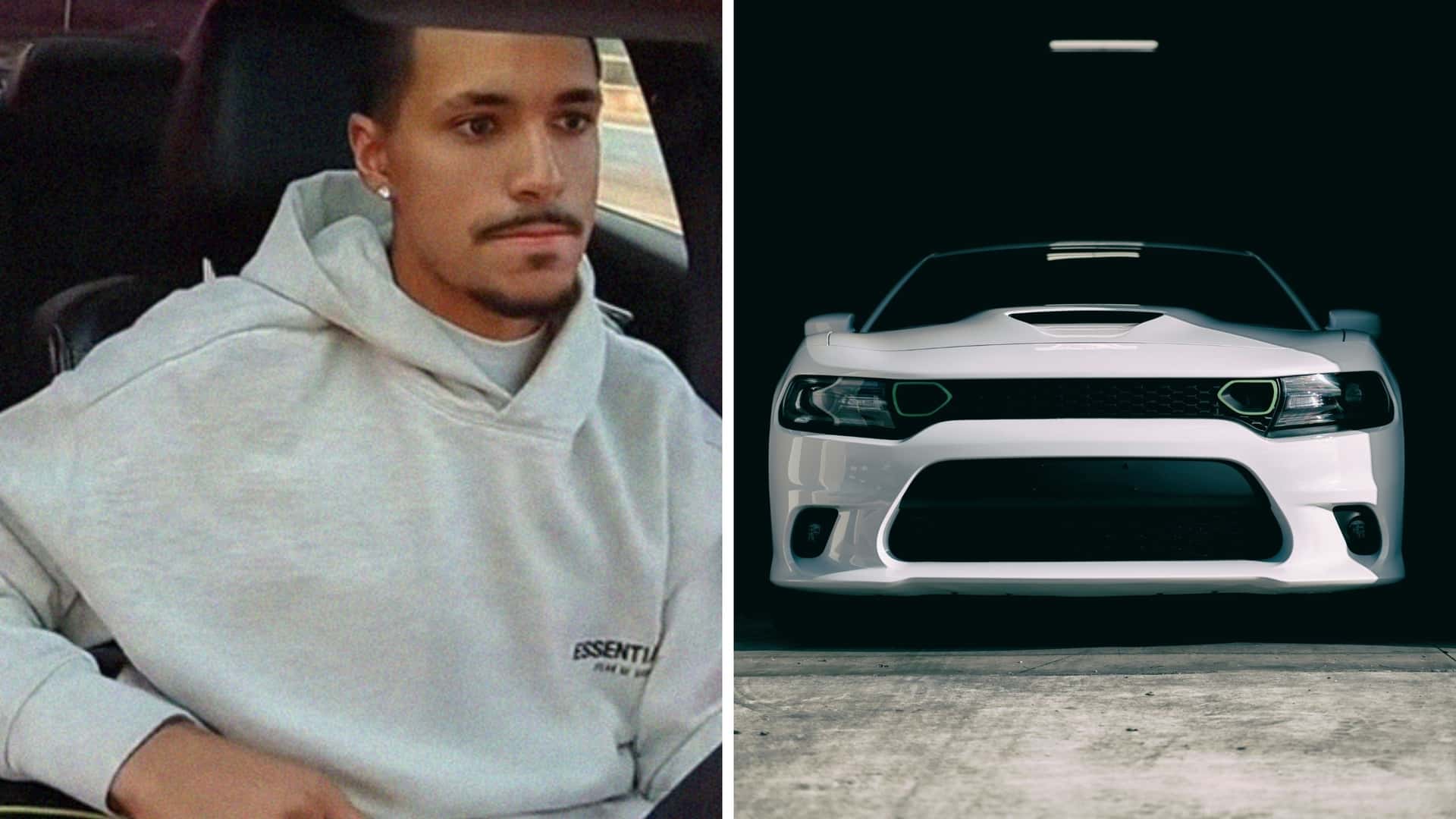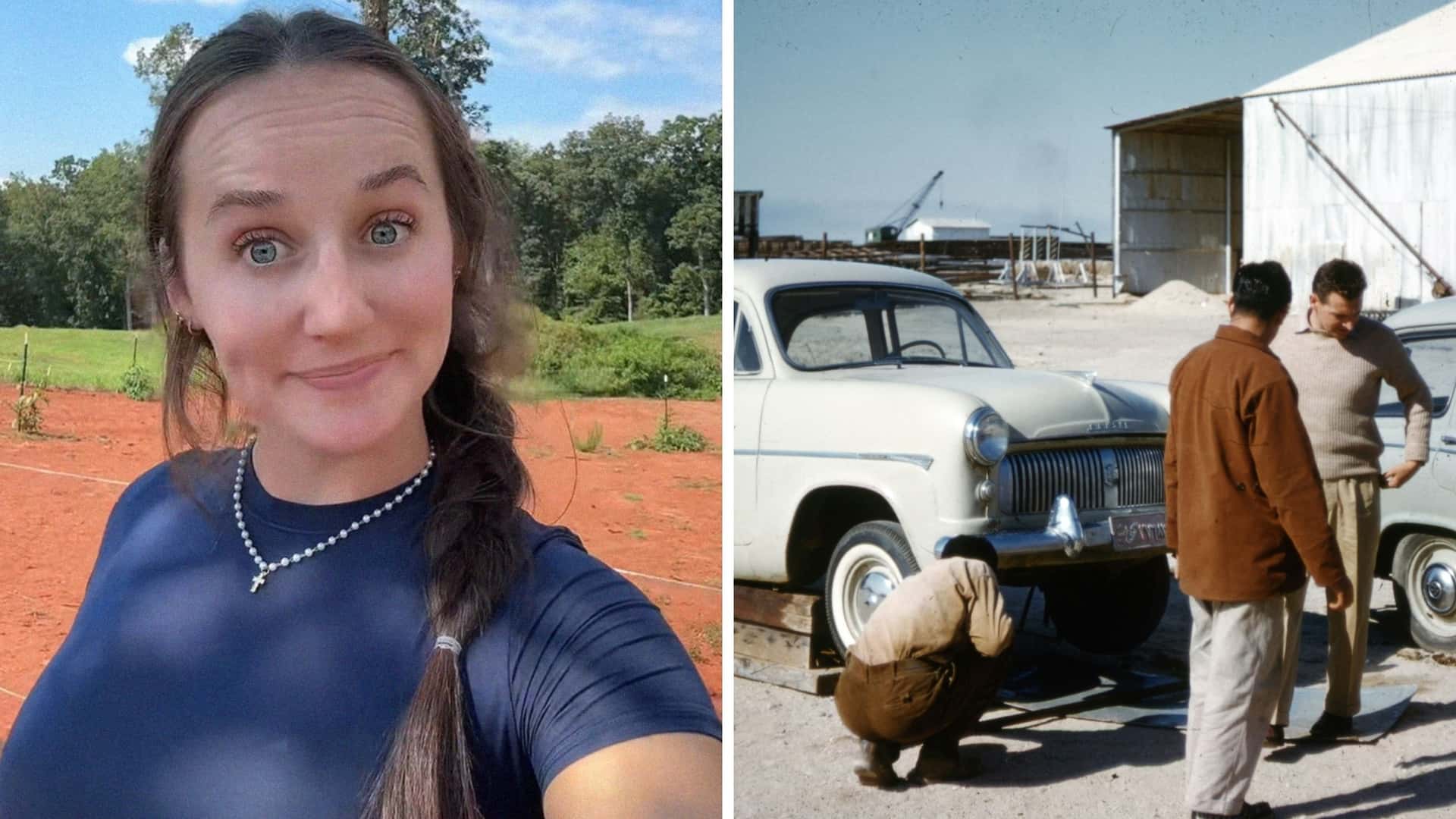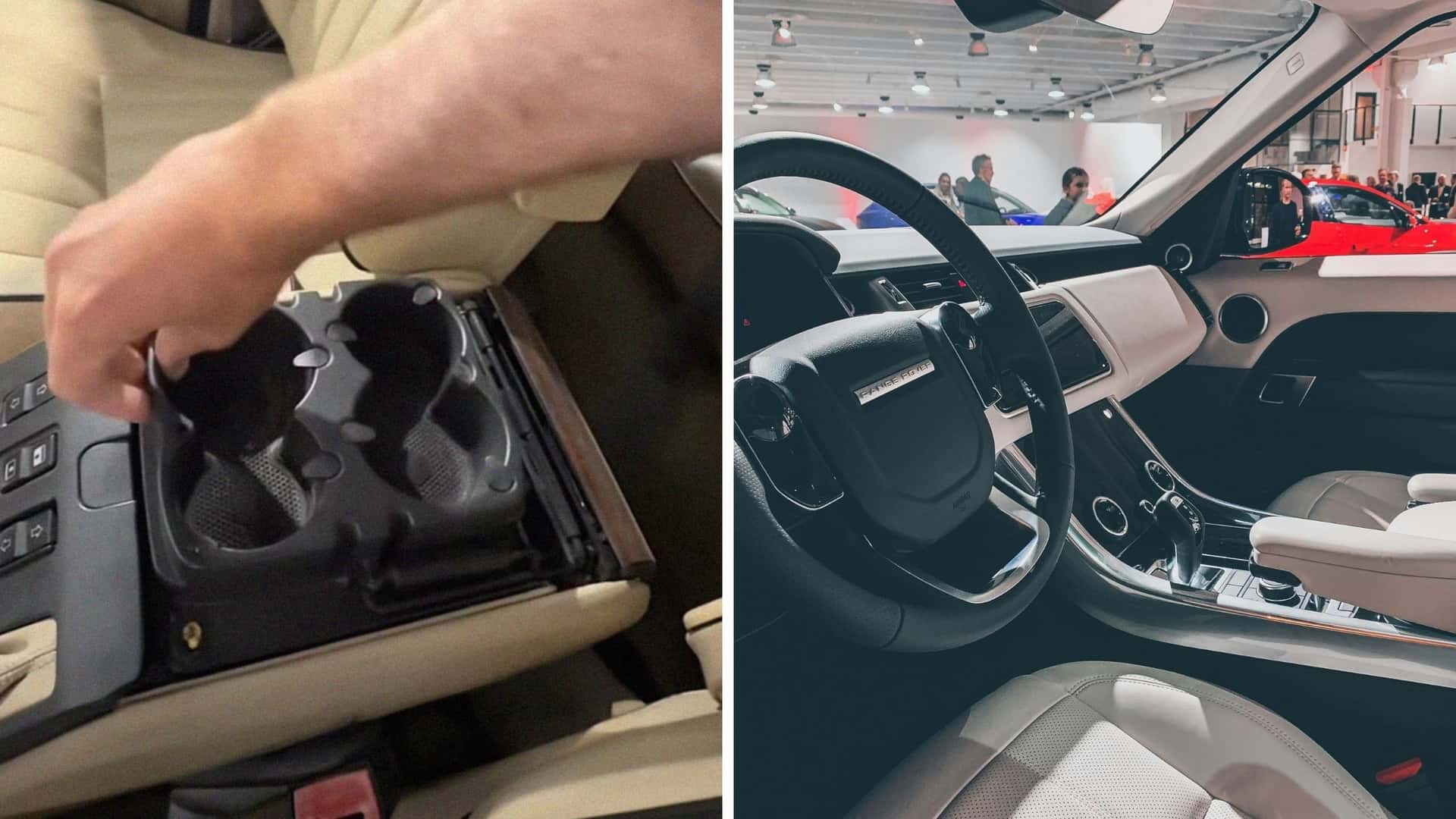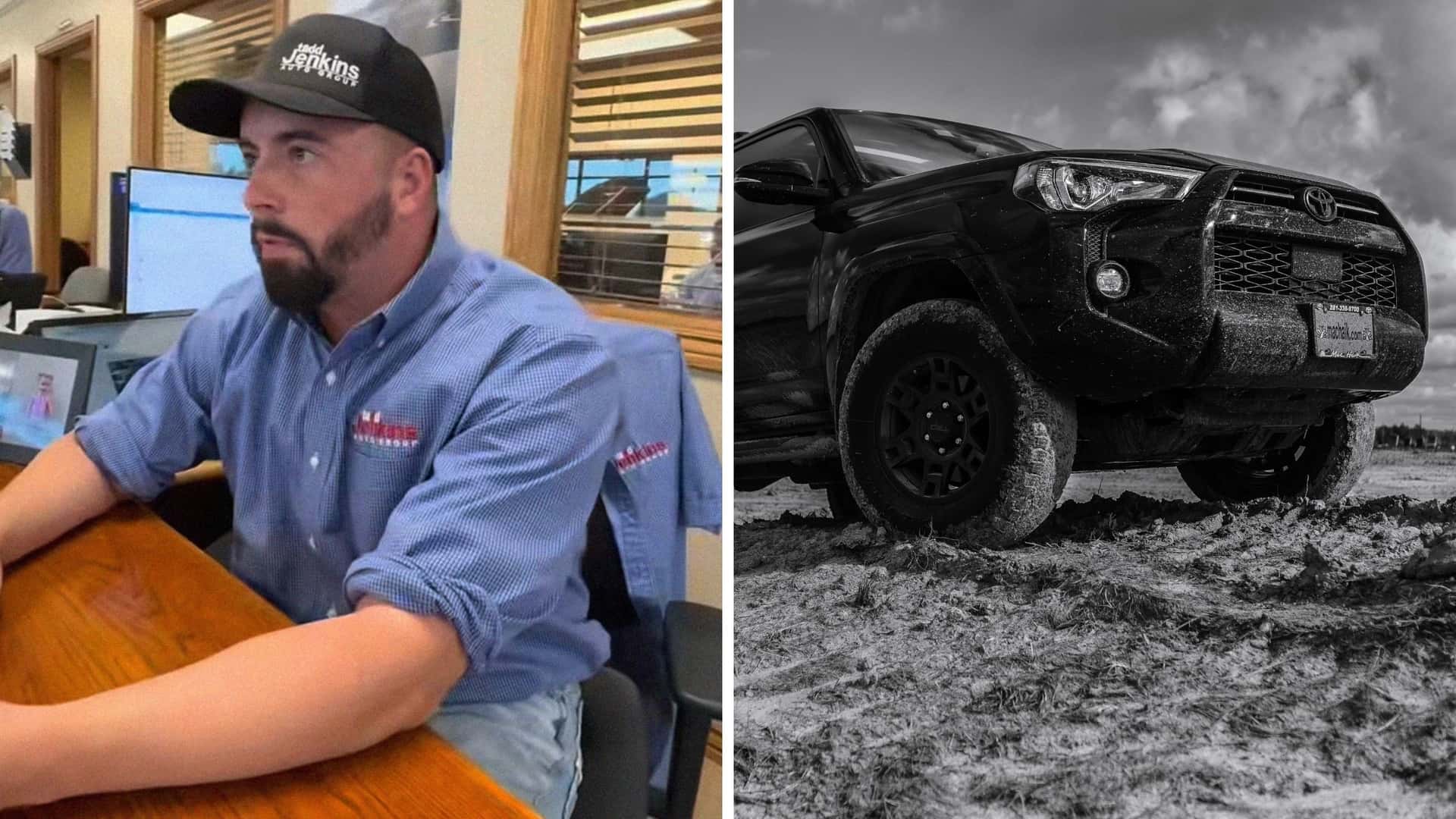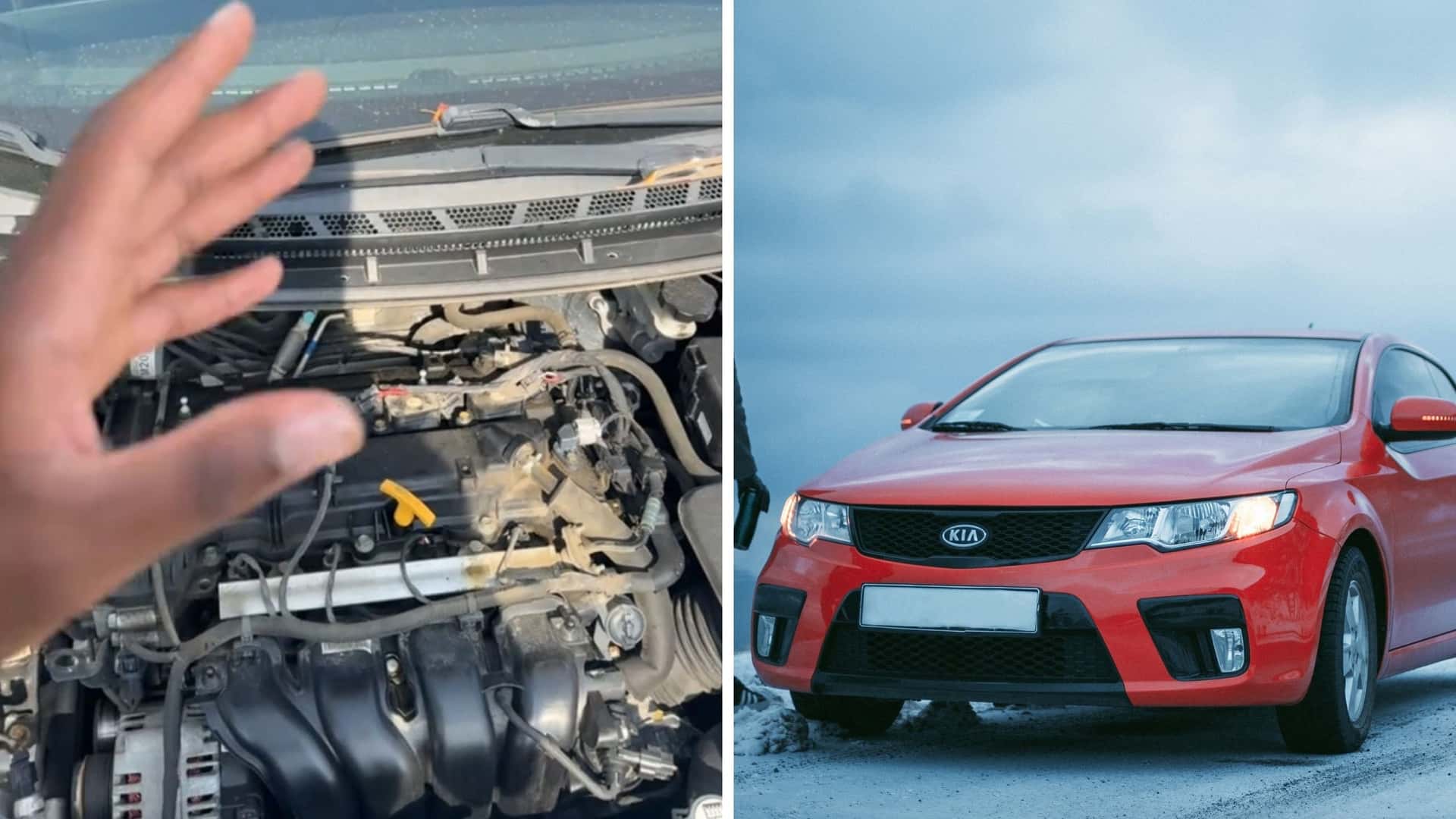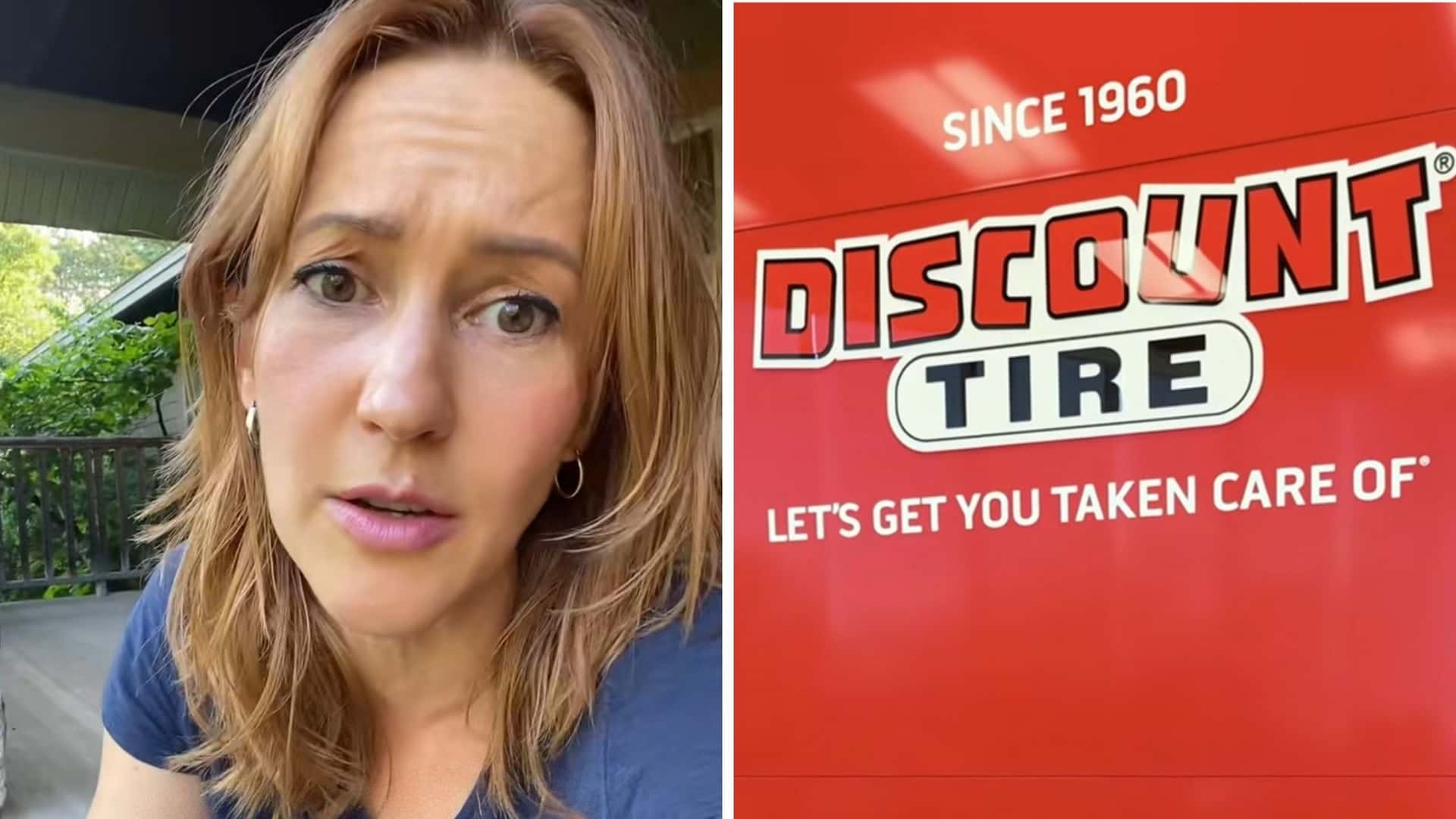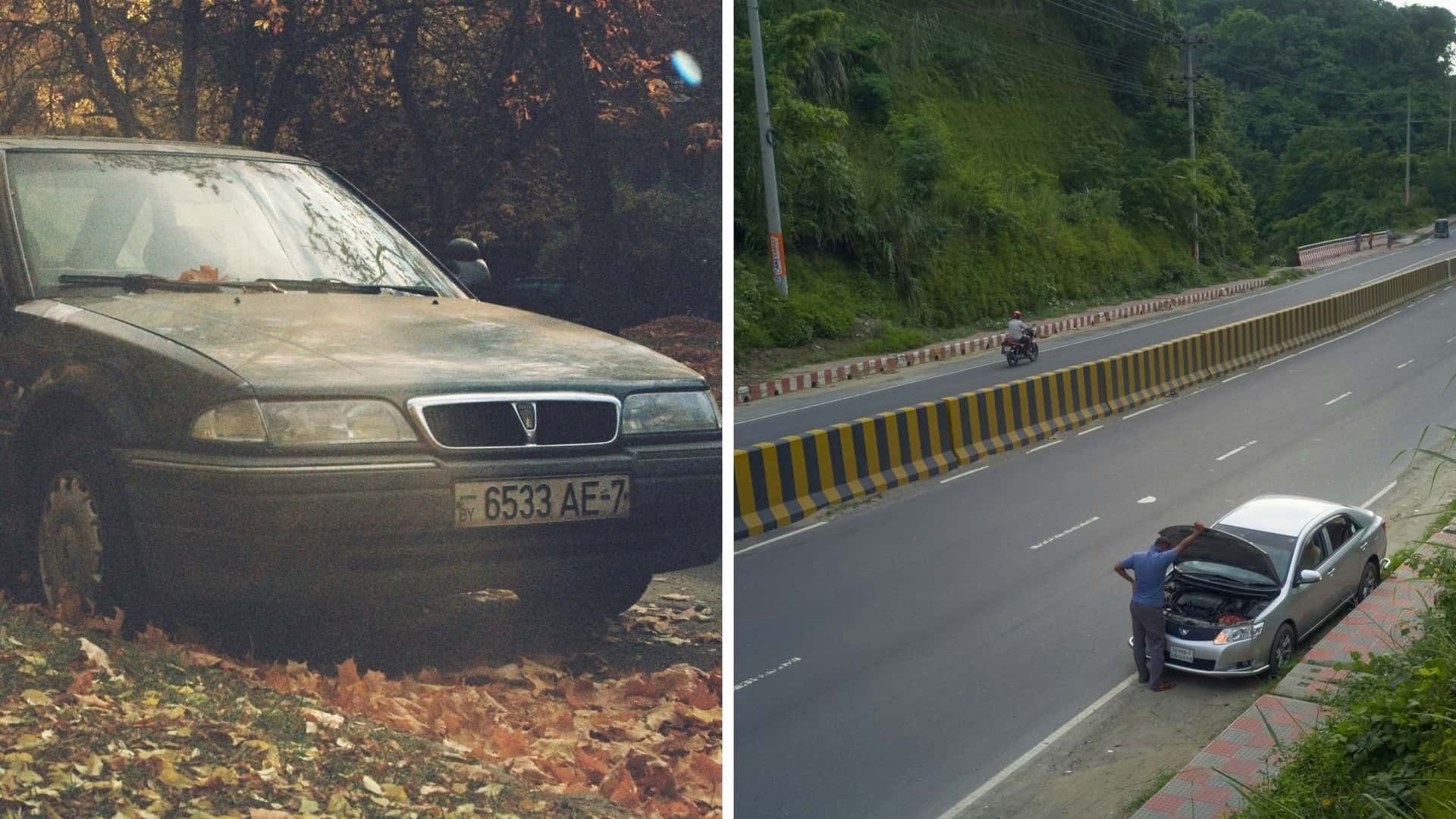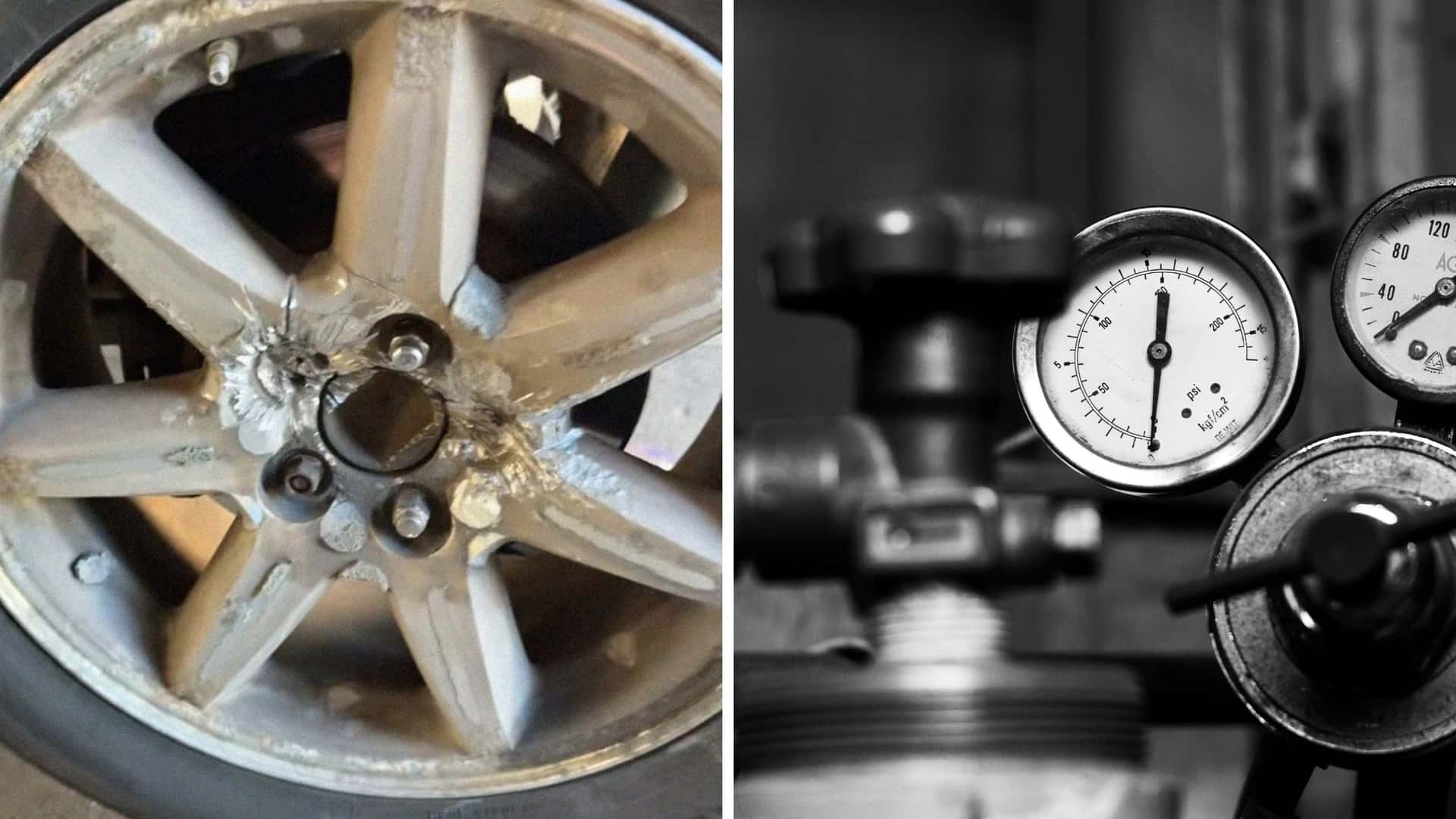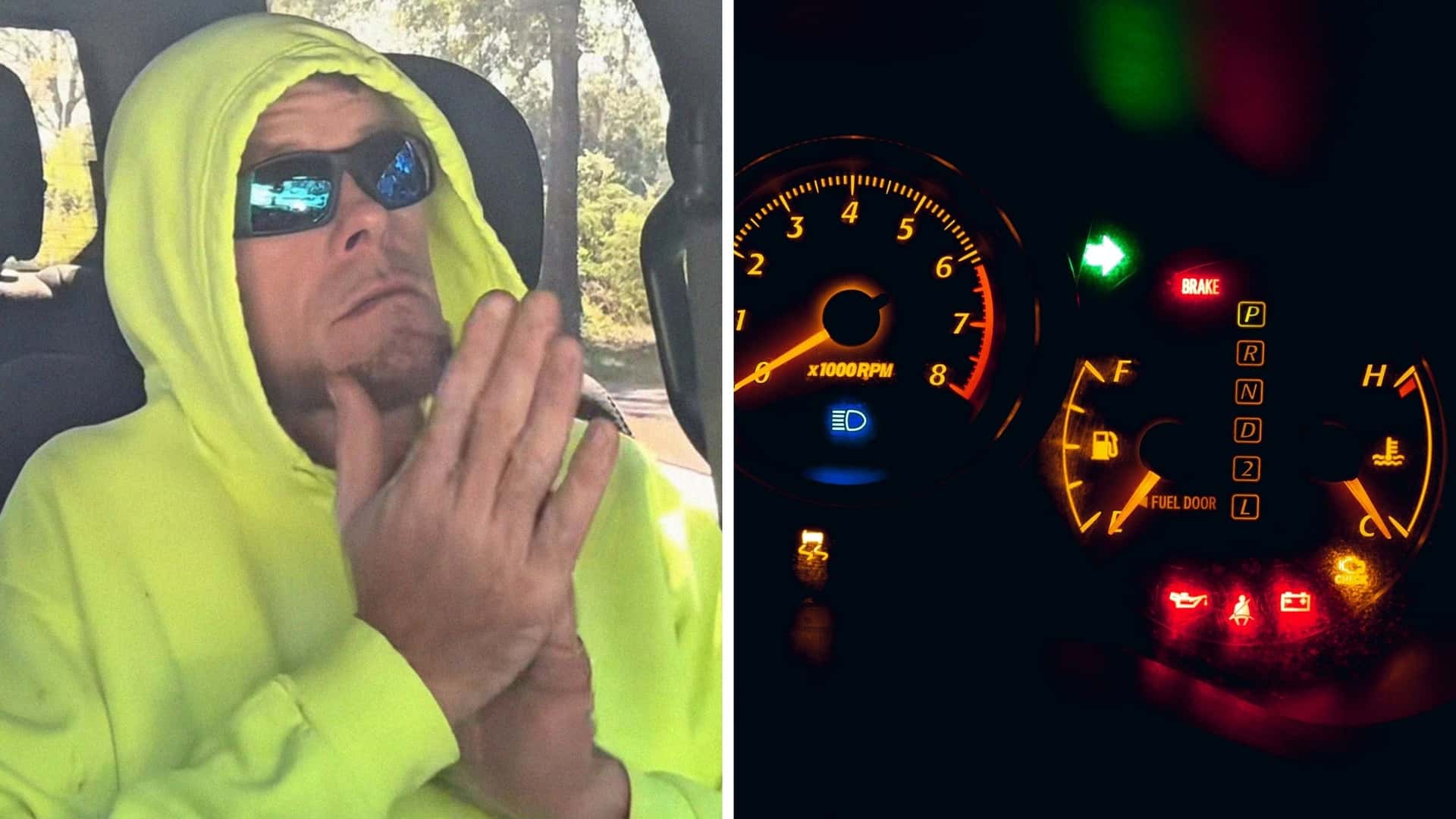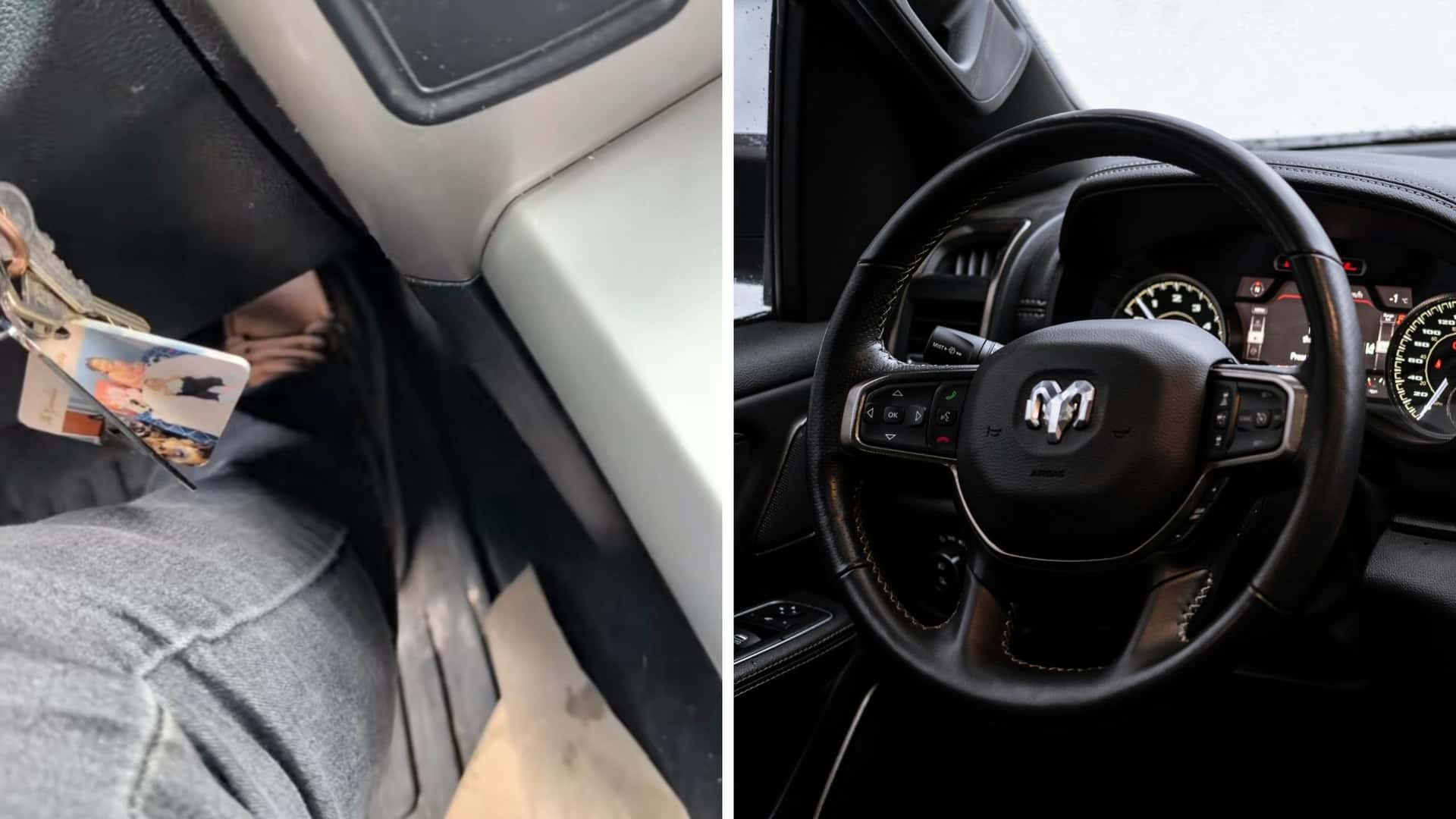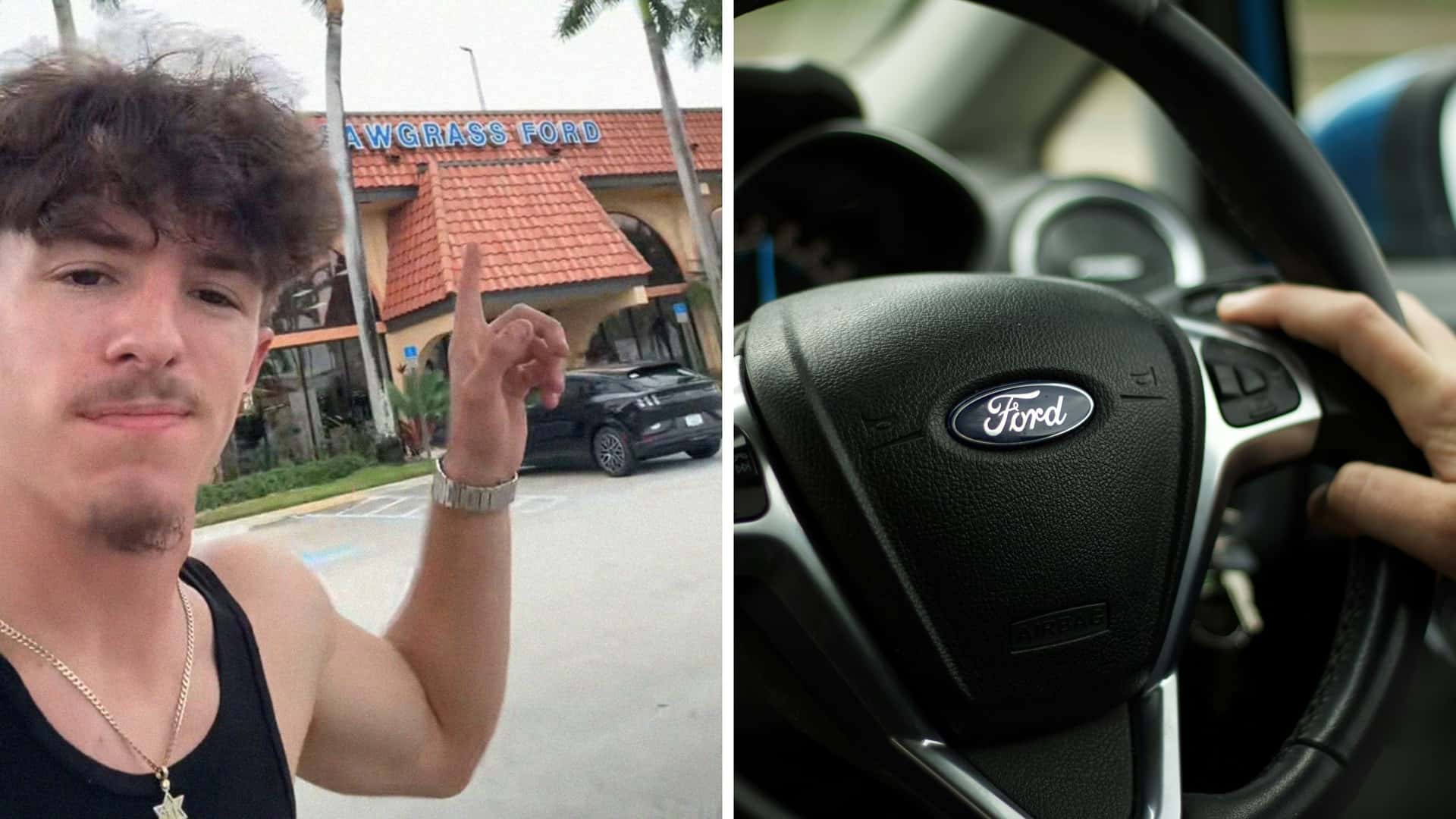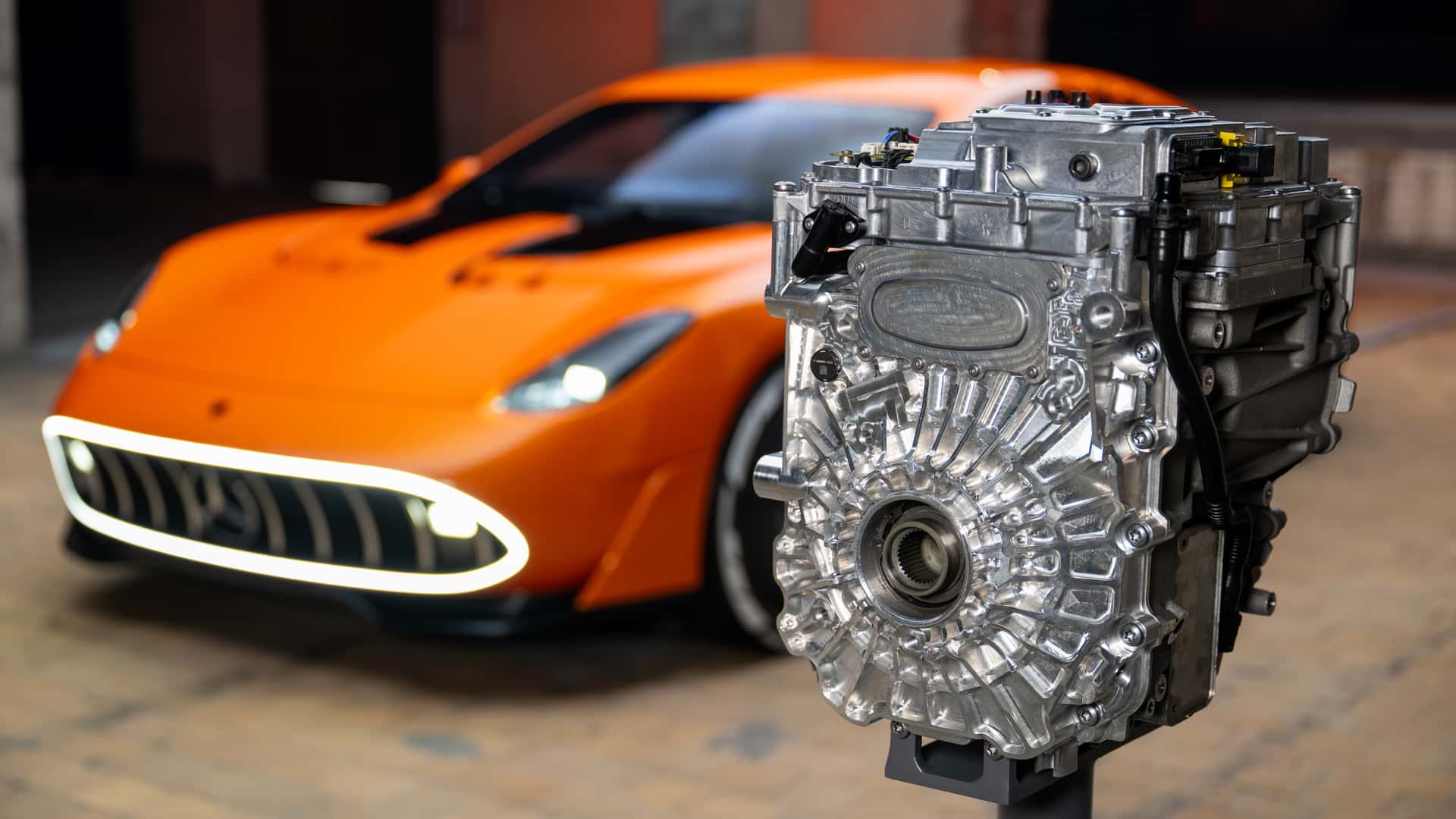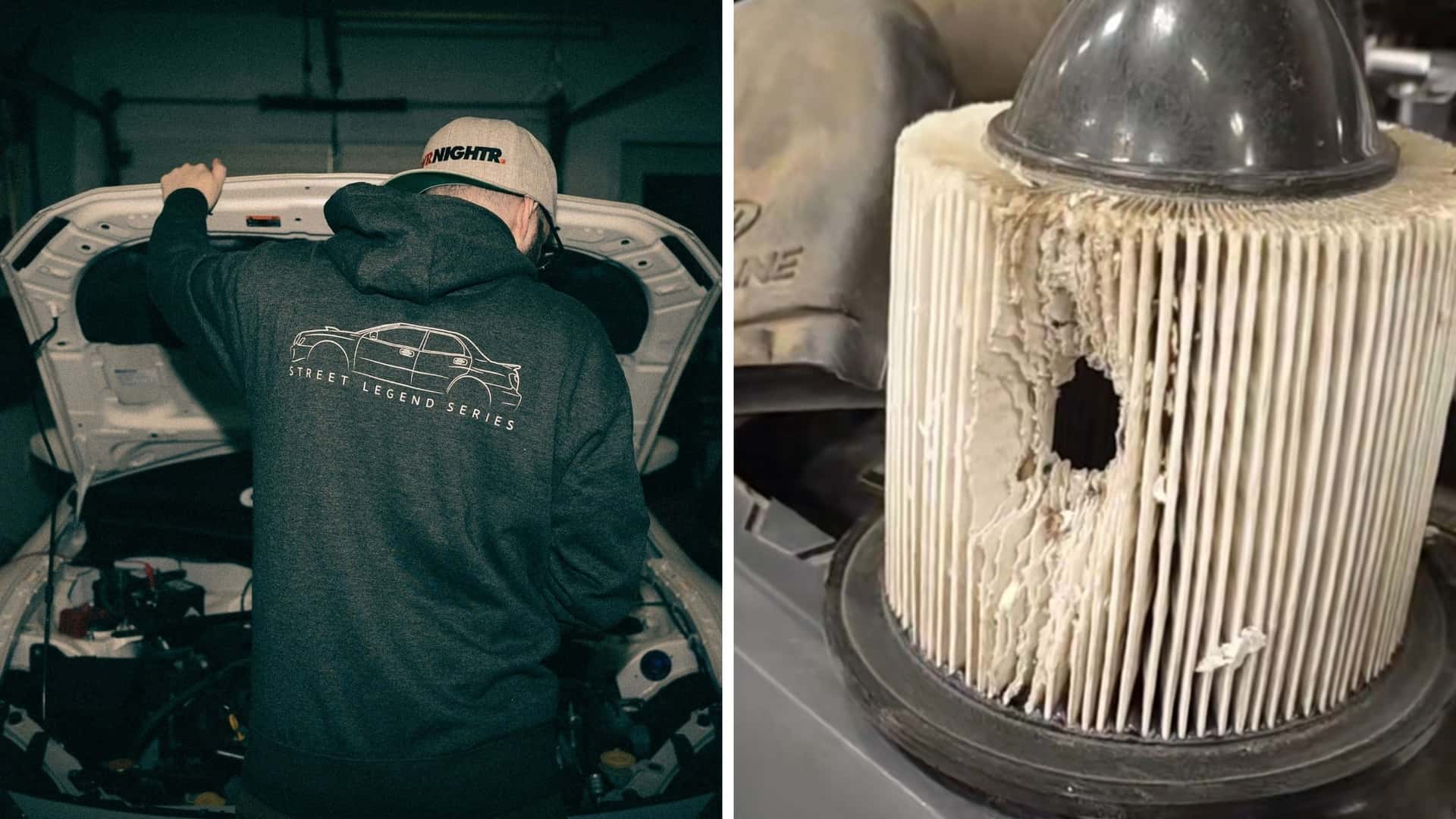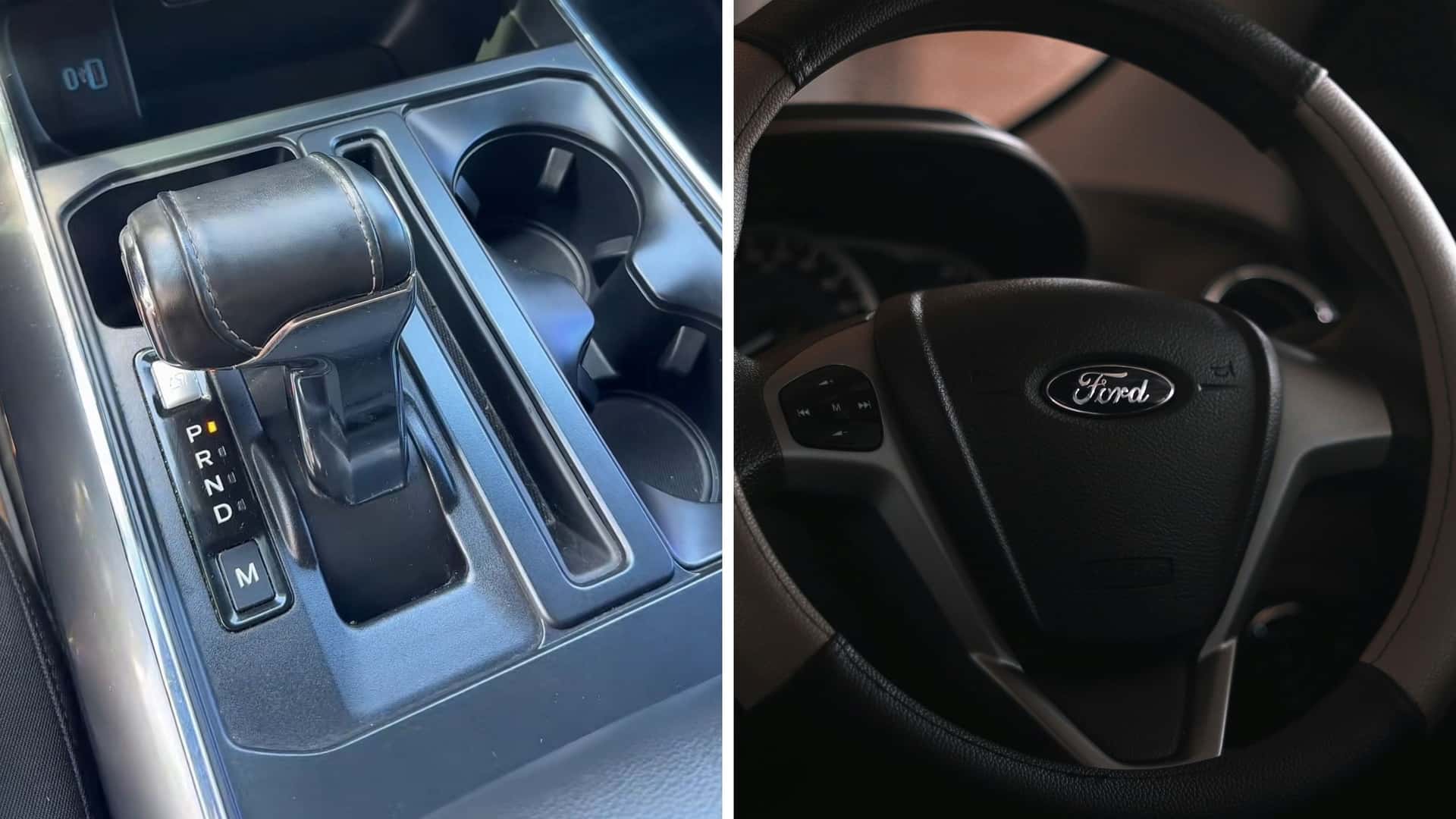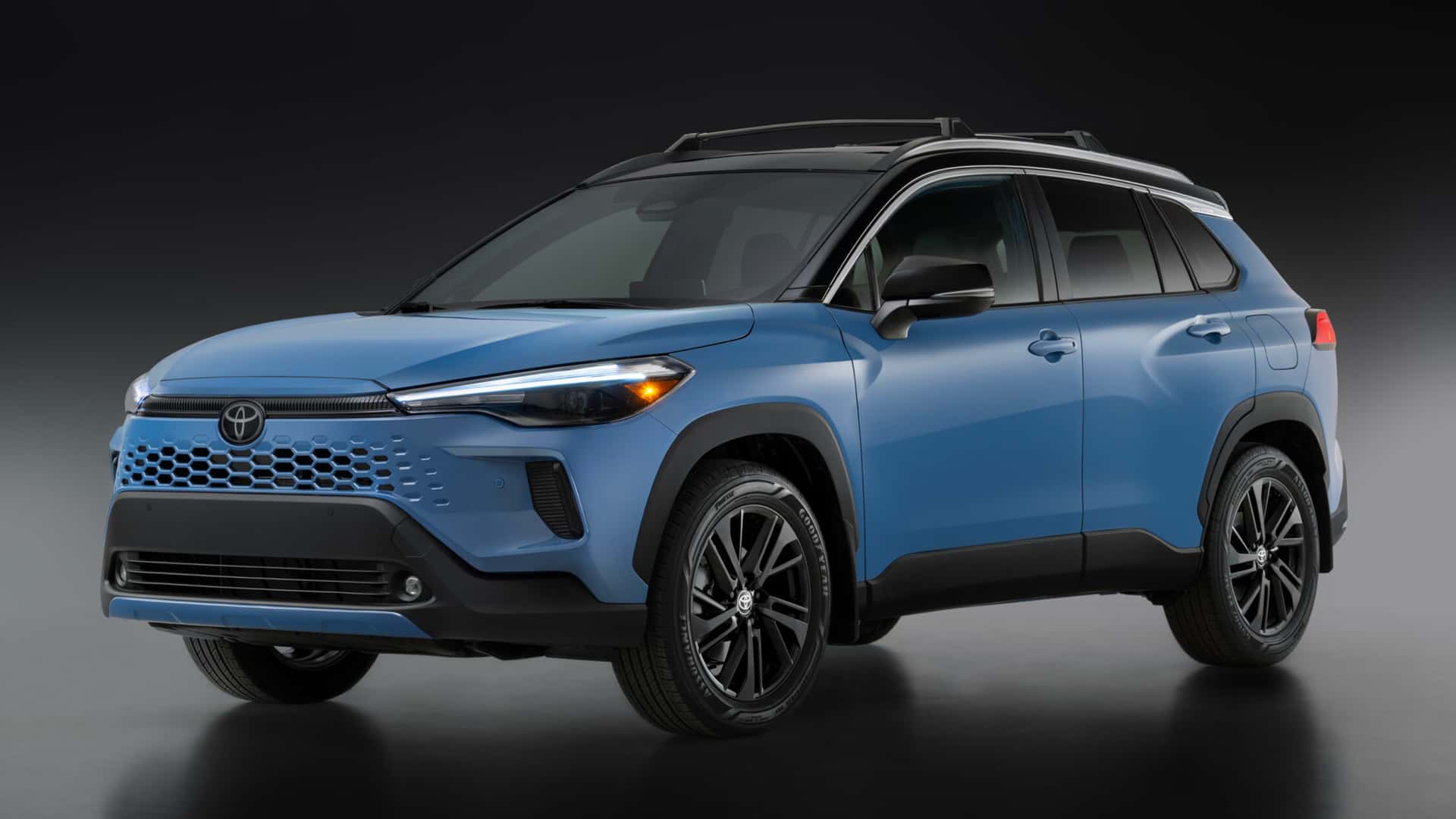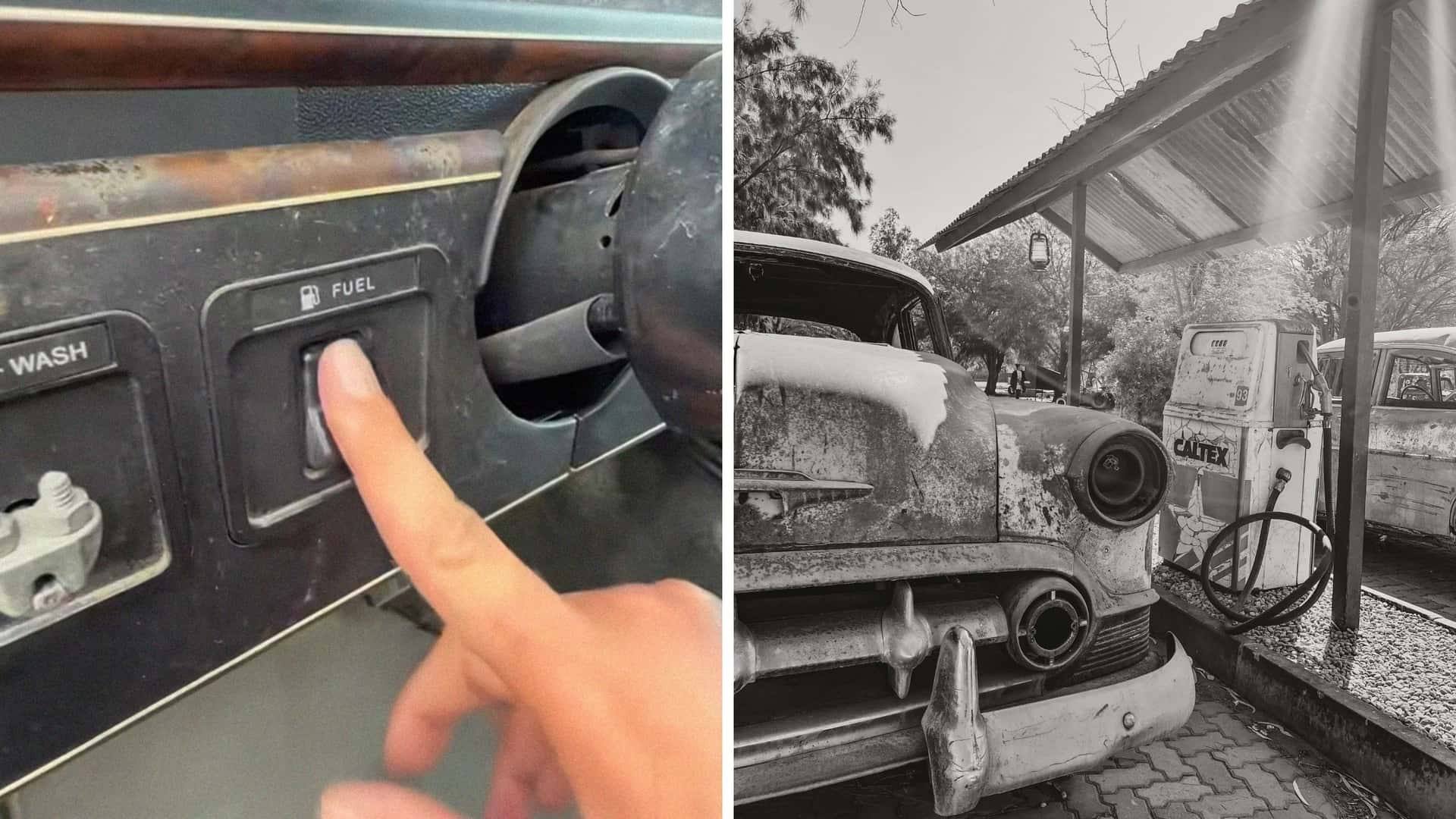
There was a time when solving bad fuel economy didn’t mean building a better engine. It meant just adding another tank. As one person put it, “Two switches, two gauges, and twice the chances to forget which one you were using.” That’s the world a Facebook Reel just reminded everyone of.
A viral clip from auto-minded creators TFL (@tflcar) gives an up-close look at what appears to be an '80s-'90s-era Ford F-Series pickup, likely an F-150, F-250, or F-350 from the “bullnose” (1980–86) or “bricknose” (1987–91) generation. The real attraction is the view of the two gas tanks, which together bring a total of 35 gallons of fuel along for the ride.
“This back tank is a 19-gallon tank, but because this is America and these things got terrible fuel economy, the front tank is another 16 gallons,” an unidentified narrator explains in the video that’s gained more than 1.5 million views.
The narrator then shows the fuel selector switch, tucked near the steering column. It doesn’t toggle automatically; drivers must manually switch between the back and front tanks, and the gauge shifts to display only the active tank. That little bit of mechanical theater lit up hundreds of comments, which read like a patchwork of truck-culture memoirs.
One user described tricking a passenger: “Watch for a gas station … as I passed it I would switch tanks.” Others chime in with tougher lessons, warning that if the switch mechanism fails, fuel can “dump onto the ground,” or you could be left stranded. A few even debated the existence of diesel F-150s or recalled Ford’s mid-’80s Power Stroke variants.
Why This Ford is a True Throwback
Beneath the comedy is a real engineering rationale. Dual tank systems were once a practical solution to inconvenient constraints. In the 1970s through the 1990s, the interior and frame geometry of trucks sometimes left no room for a single, large fuel cell. Splitting capacity into front and rear, with a selector valve, allowed more total fuel without interfering with the drivetrain, suspension, or frame rails.
For Ford in particular, this setup also simplified weight distribution and provided drivers with a backup option in case one pump failed.
FROM THE TRENDING NEWS DESK
Viral bits from across the social media landscape
Our team of experts tracks what's trending so you don't have to—from viral videos to online debates that have everyone talking.
Yet the drawbacks were real and numerous.
Filling two tanks doubles the complexity, as drivers must remember to switch when traveling long distances. The selector valve itself was a moving part prone to failure, and leaks or overfill “crossover” between tanks were known issues.
Safety concerns also loomed. In some side-saddle designs (more common on GM trucks), fuel tanks were less protected in collisions, increasing the risk of puncture or fire.
As fuel efficiency improved and single-tank designs became more compact and safer, automakers gradually dropped the dual arrangement.
One commenter in a Facebook group exploring ‘94–’95 F-series dual fuel systems succinctly describes how modern dual systems work: there is no connecting line between tanks. When the switch is moved, that tank’s pump is activated and begins supplying fuel.
Gallery: The 10 best engines of the 1990s
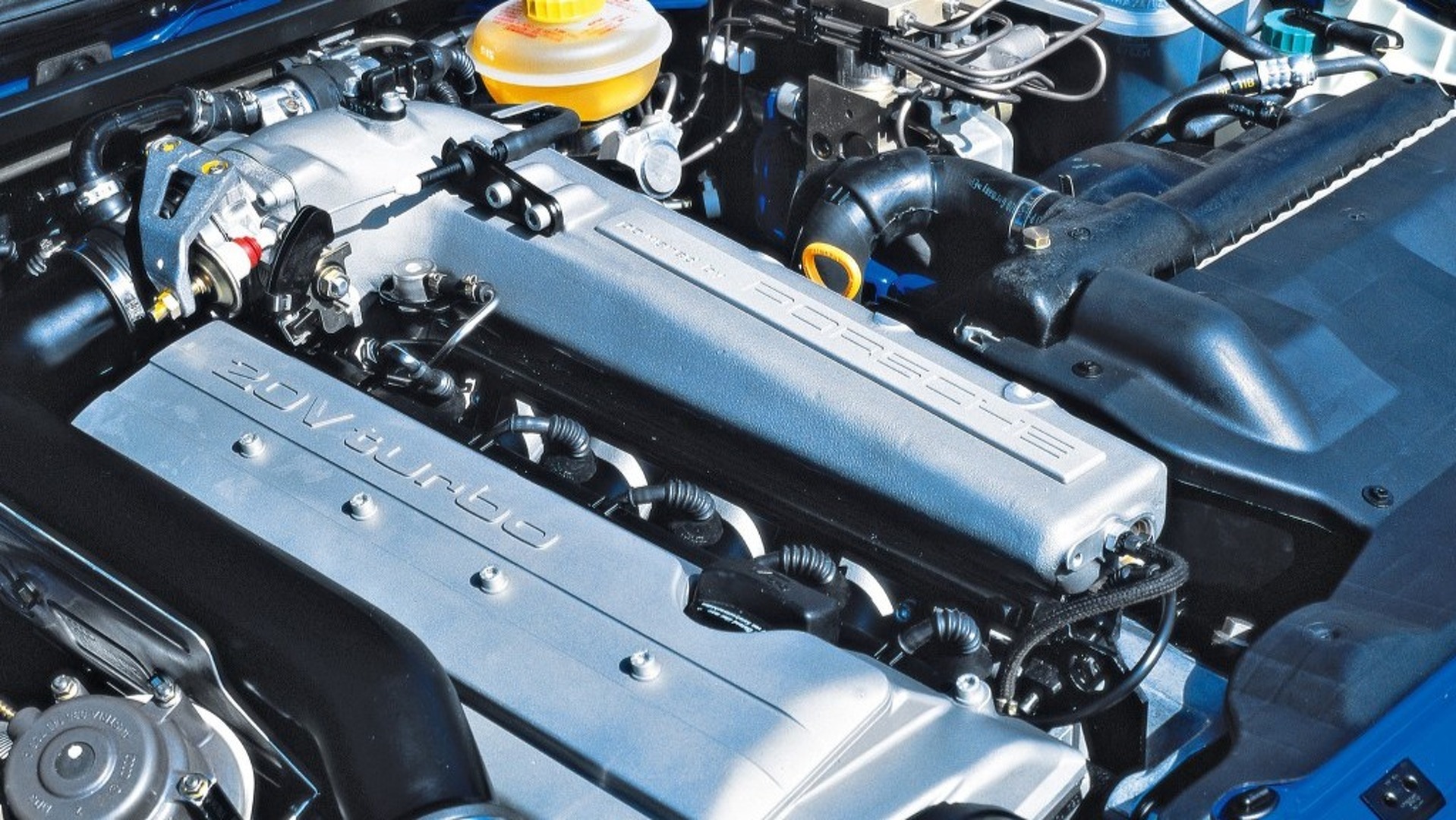

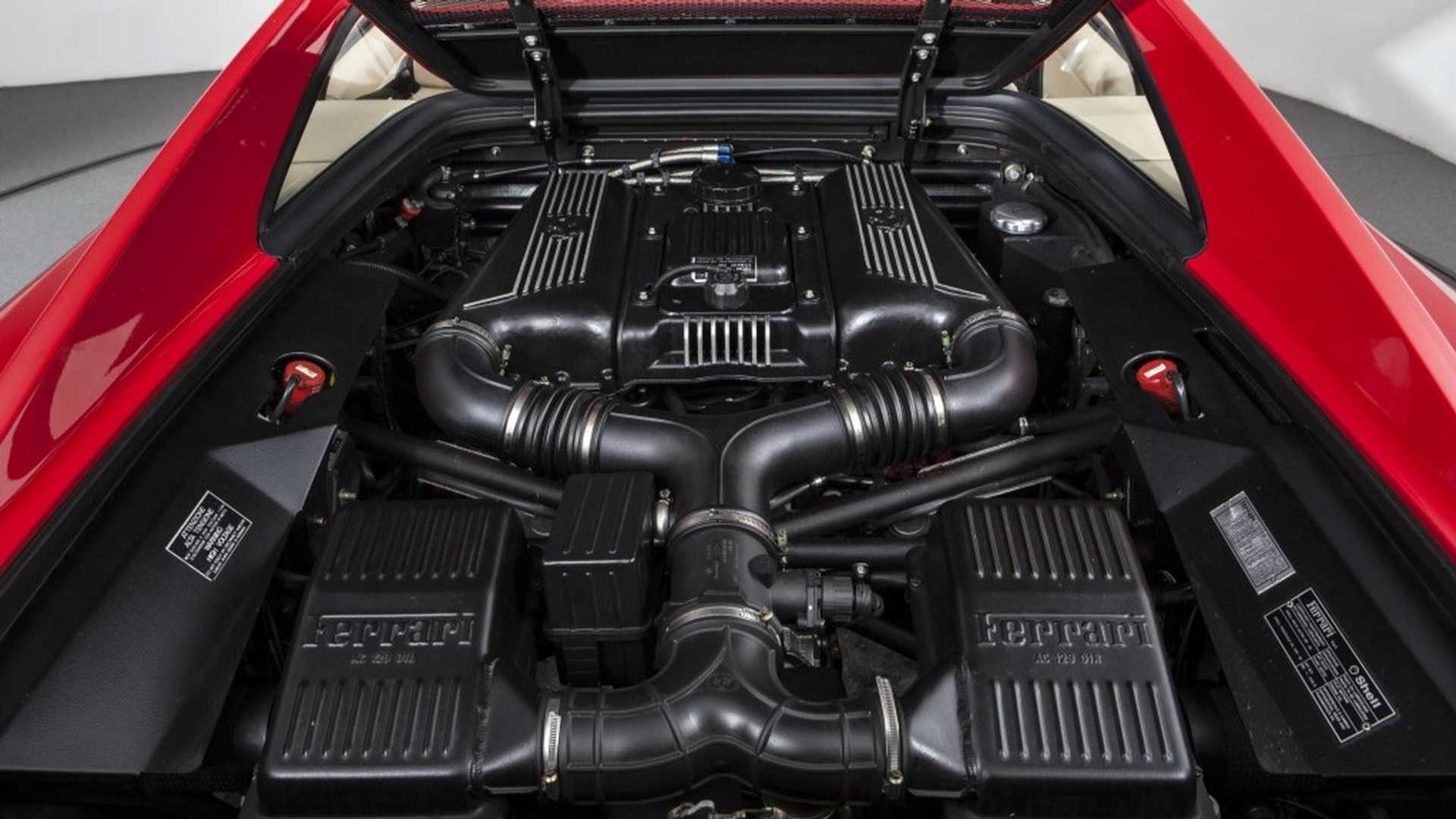
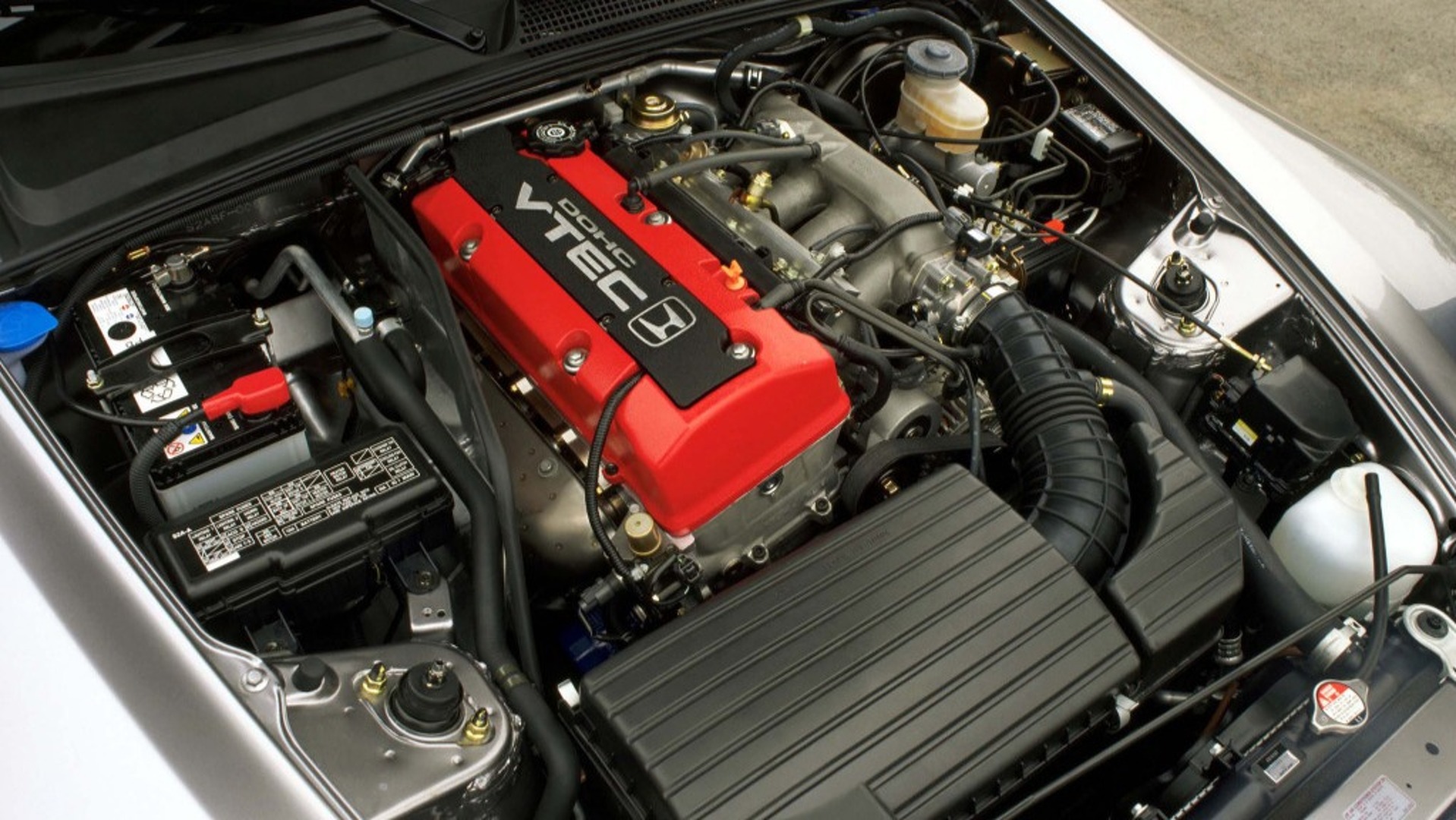
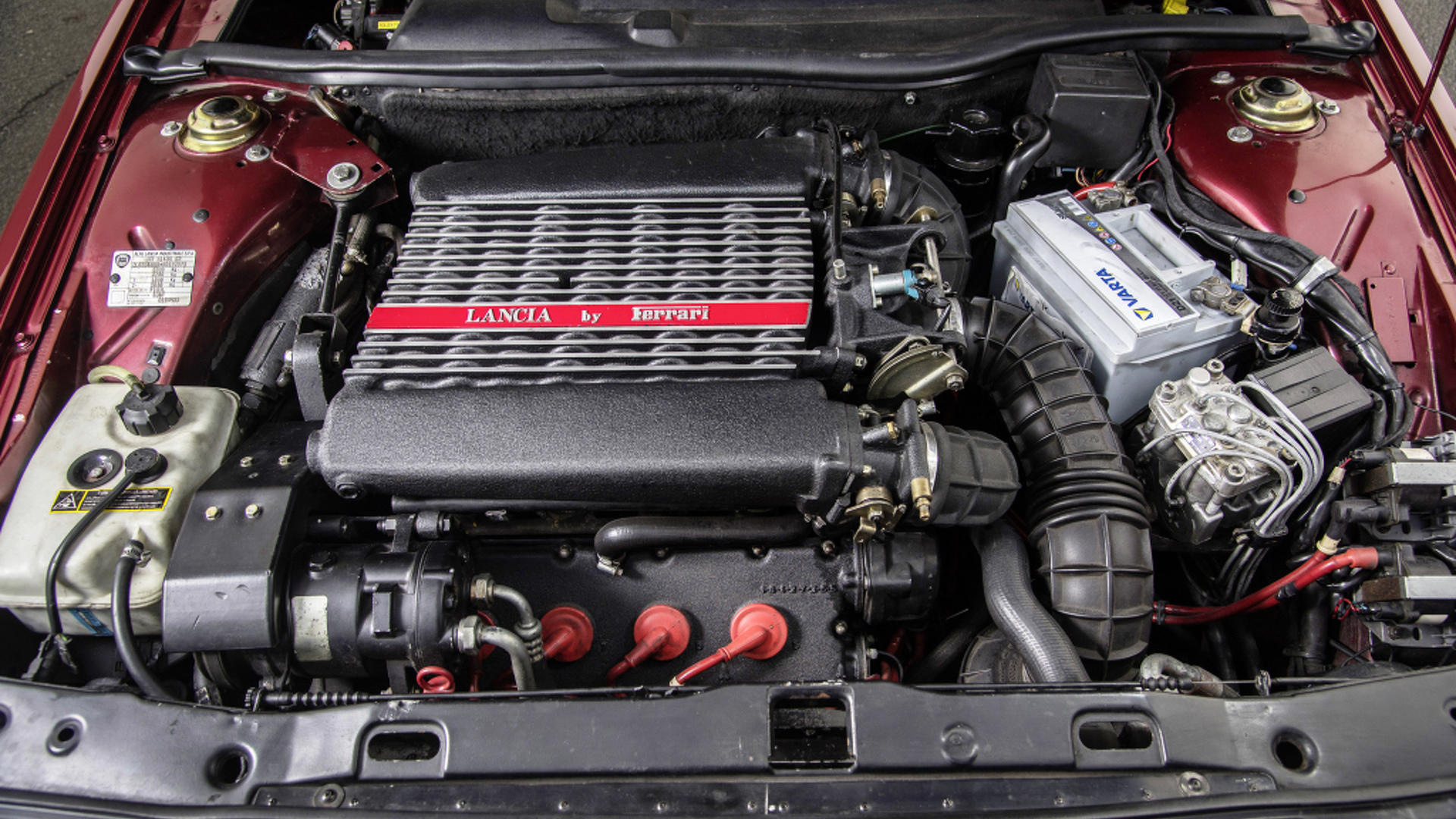
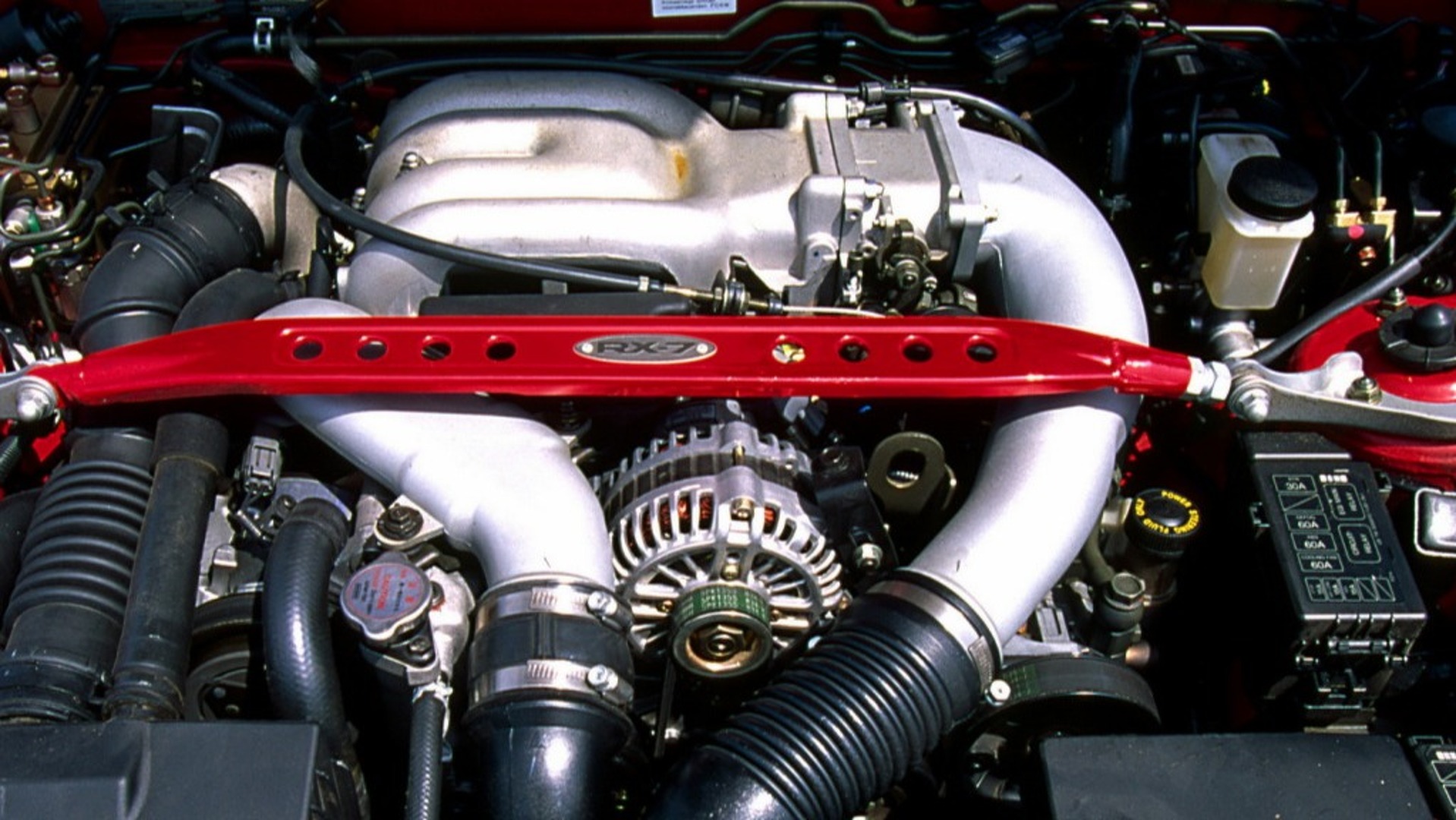
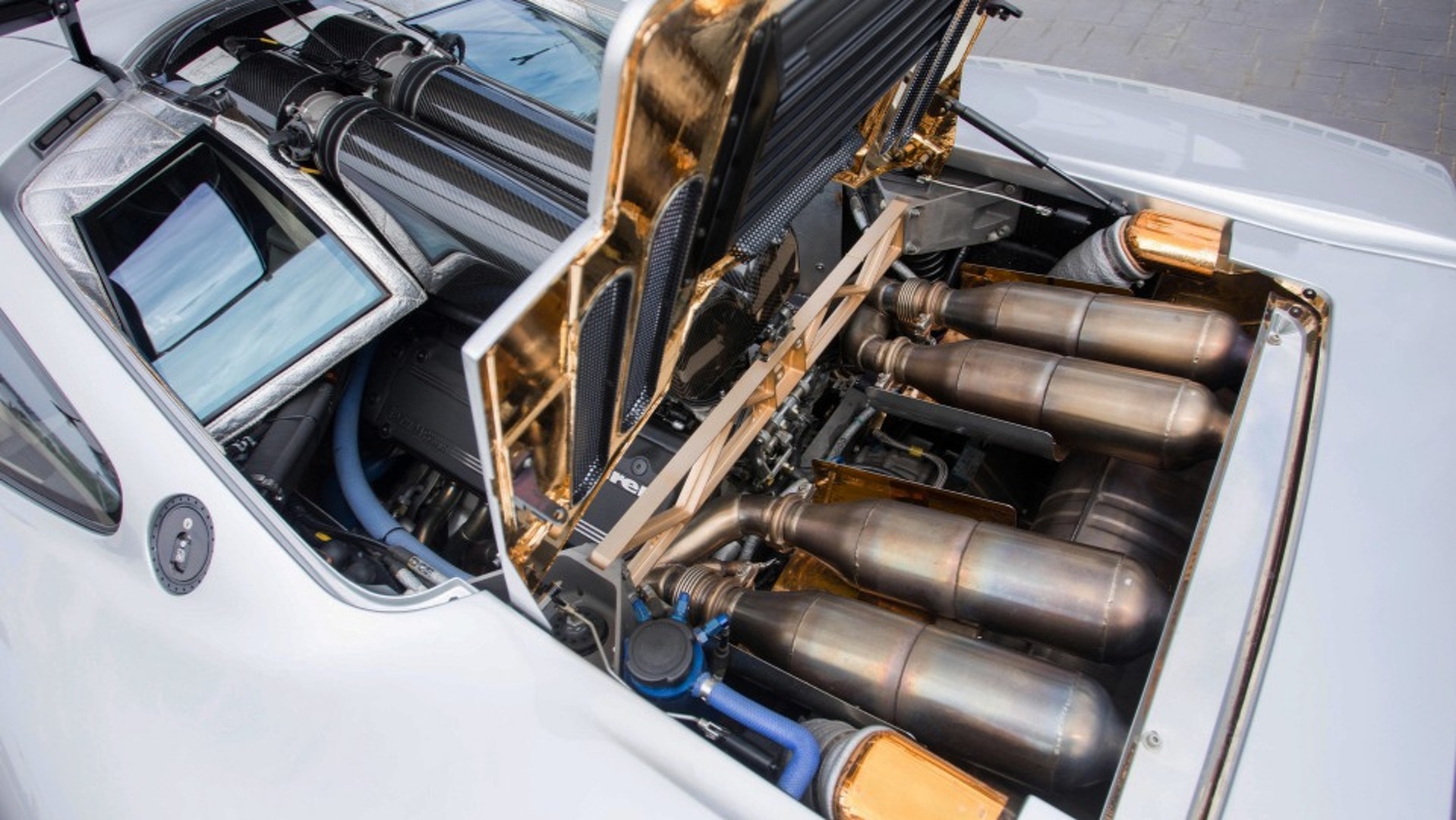
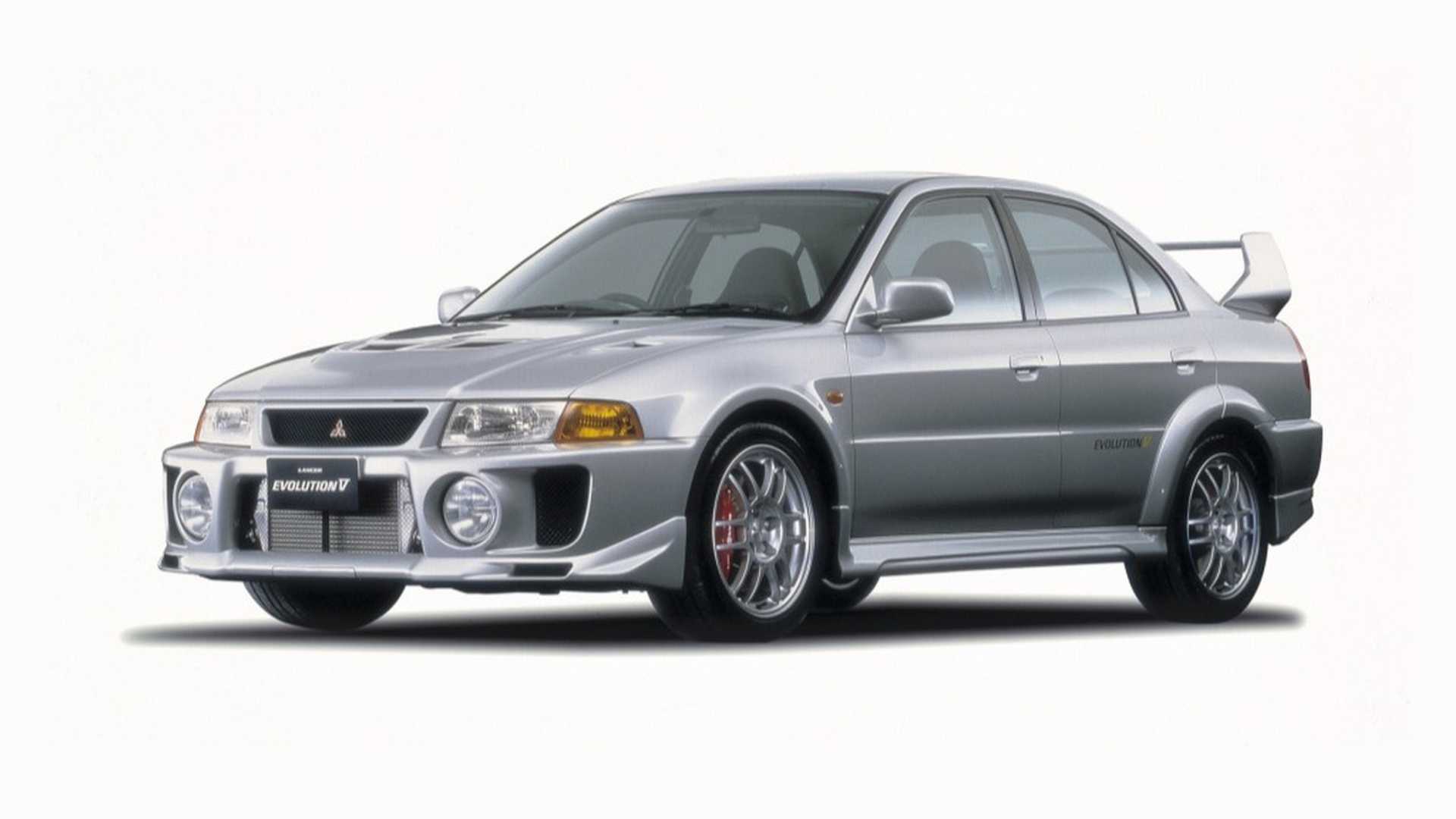
Phasing Out Dual Fuel Tanks Signals End of an Era
By the mid-’90s, dual tanks were vanishing from consumer pickups. In forums and club threads dating back to the 2000s, longtime truckers often cite reliability and simplicity as reasons manufacturers dropped the feature. Even among Ford devotees, some recall that later models abandoned the dual switch in favor of one large tank and more efficient fuel systems.
The viral video’s appeal lies in bridging past and present. Today’s trucks boast 20- to 40-gallon single tanks with rollover valves, baffling, and advanced fuel management systems, yet their ranges often exceed what those older dual-tank rigs managed in total. It’s a quiet testament to how far fuel systems have come. However, for some enthusiasts, the dual-tank idea still retains a romantic appeal, offering redundancy, mechanical control, and a touch of old-school charm.
Designers do still deploy multiple tanks in niche applications. Heavy commercial chassis cabs, RVs, and big rigs often feature auxiliary tanks to maximize range or provide dedicated fuel for generators. The difference is that these are engineered with modern validation, thermal protection, emissions, and safety systems in mind.
The dual-tank truck isn’t practical in most modern use cases, but it remains a symbol of a time when mechanical solutions overtook digital ones, and every component had its significance. As one commenter put it, “two tanks, [two] fuel pumps, and two sets of lines to take care of seems kinda stupid.” It may have driven you mad back then, but today, it’s a story worth retelling.
Motor1 reached out to the creator via email. We’ll be sure to update this if he responds.






